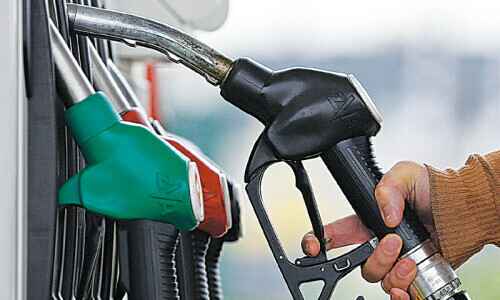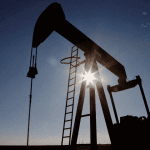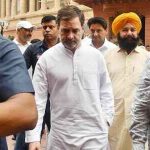ISLAMABAD: The principal petroleum products, petrol and high-speed diesel (HSD), are expected to increase in price by Rs7 and Rs8 per litre, respectively, starting on July 1 for the upcoming fortnight, following four consecutive fortnightly price reductions. This increase is mostly due to the higher international market.
According to knowledgeable sources, the past two weeks have seen an increase in the global market prices of gasoline and HSD of roughly $4.4 and $5.5 per barrel, respectively. The price of gasoline is expected to increase by Rs7, while the price of HSD is expected to increase by Rs8.5 per litre, contingent on the final computation and current tax rates.
If the government decides to raise the petroleum development levy (PDL) from the current Rs60 per liter at the beginning of the new fiscal year, the price increase might be greater.
In the Finance Bill 2024, the government increased the maximum price per litre of PDL to Rs80. This will let the government to collect Rs1.28 trillion, nearly Rs91 billion more than the Rs869 billion budgeted amount, compared to the predicted Rs960 billion collected during the previous fiscal year.
On June 13, however, Finance Minister Muhammad Aurangzeb declared that PDL would be raised progressively based on market trends in prices.
The import premium on gasoline and HSD has not altered in the last two weeks, staying at $9.60 and $6.50 per barrel, respectively. Conversely, throughout the course of the two weeks, the rupee lost almost 17 paise in value relative to the US dollar.
Since May 1, the decline in the global market has primarily resulted in a decrease in the price of both gasoline and HSD. Since then, the price of gasoline has decreased by almost Rs35 per litre, from roughly Rs294 on April 30 to roughly Rs259. Similarly, the price of HSD has dropped from around Rs290 in the second month of April to about Rs22 per liter, or Rs268.
The maximum legal limit of Rs60 per litre PDL, which applies to both gasoline and HSD, has already been reached by the government.
According to agreements with the International Monetary Fund (IMF), the government had planned to collect Rs869 billion in petroleum levies on petroleum products during the current fiscal year. However, budget documents for 2024–25 show that this aim has now been increased to Rs960 billion.
At present, the government levies a tax of around Rs77 per litre on gasoline and HSD. The government imposes Rs60 per litre PDL on both petroleum products, even if the general sales tax (GST) is nil on all petroleum goods. This normally affects the public. Furthermore, regardless of whether the fuel and HSD are imported or produced locally, the government levies a customs levy of roughly Rs17 per litre.
However, it charges Rs50 per liter for high octane blending components, light diesel, and 95RON gasoline, which is utilized by the wealthy in expensive imported cars.
The main causes of the high rate of inflation have been the cost of energy and petroleum. Gasoline is mostly utilized for personal transportation, small cars, rickshaws, and two-wheelers, and its cost directly impacts the middle and lower middle classes’ budgets.
However, because HSD is largely utilized in trains, heavy trucks, buses, tractors, tube wells, and threshers, as well as heavy transport vehicles, its prices are thought to be extremely inflationary. It primarily raises the cost of produce and other food items.
With monthly sales of roughly 700,000–800,000 tonnes compared to the only 10,000 tonnes of demand for kerosene, gasoline and HSD are the main revenue generators.








